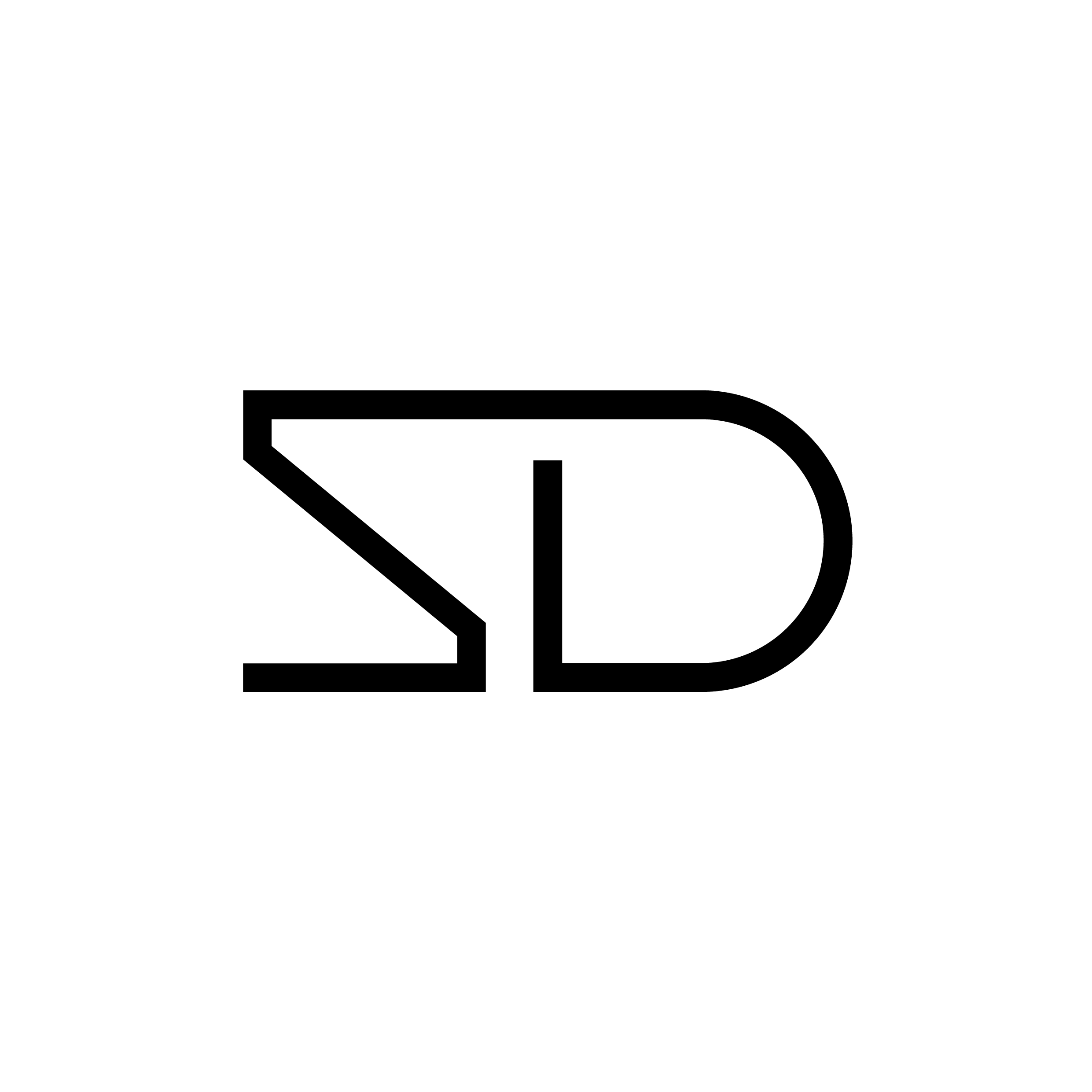The Role Of Seaweed In The Fashion Industry
At Scarlet Destiny, we are constantly seeking innovative, eco-friendly materials that have the power to transform the fashion landscape. Recently, we delved into the world of sea leather—an exciting, cruelty-free, and biodegradable alternative to conventional leather. This exploration sparked our interest in seaweed and its potential to tackle two significant issues in the fashion industry: sustainable material sourcing and the reduction of livestock emissions. But seaweed is not only emerging as a valuable raw material but also as a driver of sustainable innovation in a variety of applications. From textiles to packaging, it is showcasing an abundance of possibilities.
Seaweed In Textiles
SeaCell, a fibre derived from seaweed, has been gaining attention since its launch in the late 2000s. Now accessible through Pangaia, it is known for its softness, moisture-regulating properties, biodegradability, and non-toxic certification by Oeko-Tex. Produced through a closed-loop chemical process, SeaCell serves as a more sustainable option compared to traditional materials like viscose. It stands out as one of the few algae-based innovations currently available in the fashion industry, highlighting the adaptability of this natural resource.
Another noteworthy contender is Keel Labs (previously known as AlgiKnit), which specialises in creating seaweed polymers for textiles. Their fibre diminishes the need for arable land, fossil fuels, and harmful chemicals. With support from brands like H&M and collaborations with Stella McCartney, their material has already made an appearance on the runway. Keel’s product, Kelsun, is designed to break down in wastewater environments within days, marking an exciting advancement toward a circular fashion future.

Seaweed in Footwear, Inks & Packaging
Algix, located in Mississippi, has been creating algae-based materials since 2014. Their Bloom EVA foam, utilised in footwear by brands such as Adidas and Merrell, merges algae with synthetic elements to provide a more sustainable alternative to petroleum-based foam. Although it may not be a complete substitute—lacking the stability to entirely replace conventional synthetics—it represents a positive move forward.
On another front, Living Ink and Algaeing are revolutionising the dye and ink sectors. Living Ink replaces traditional Carbon Black pigments with eco-friendly Algae Black, while Algaeing produces bio-based dyes and inks using algae, achieving a remarkable reduction of 70% in greenhouse gas emissions and 98% in water usage. These advancements demonstrate how seaweed can transform even the most minor aspects of the supply chain.
In the packaging arena, Sway and Zerocircle are at the forefront. Sway’s seaweed-derived TPSea material has the potential to replace conventional poly bags and wrappers, while Zerocircle’s bio-based films provide a sustainable option for food and garment packaging. Both initiatives aim to address the escalating plastic crisis, though scaling these solutions remains a significant hurdle.
The possibilities of seaweed extend far beyond mere materials. Recently, we met Jessie von Curry, a multi-disciplinary designer who crafts stunning visual narratives through costume, performance, and sculpture, all centered around seaweed as her medium. Her artistry encourages us to view seaweed not only as a practical resource but also as a canvas for creativity and storytelling.
With rising consumer interest in sustainable alternatives, companies are investigating biodegradable yarns, algae-based leather, and other eco-friendly fibres. The global eco-fibre market is expected to reach $74.65 billion by 2025, highlighting the urgency of this transition.
The emergence of seaweed in sustainable fashion is thrilling, yet it raises important questions. Conducting life cycle assessments and ensuring transparent reporting will be essential to truly gauge its environmental impact. Nevertheless, the potential of seaweed as a material substitute and its capability to reduce emissions are undeniable.
As we envision the future, one thing is certain: seaweed could revolutionise the way we design and consume fashion. At Scarlet Destiny, we eagerly anticipate how this marine marvel will influence the next phase of sustainable innovation.
[info sourced on ecocult.com, images sourced on canva.com]

